What is diabetes?
Diabetes is a condition in the body where blood sugar levels are higher than normal. This can happen when the body either doesn’t make any insulin (type 1 diabetes), or the insulin that the body makes doesn’t work well (type 2 diabetes). To better understand what diabetes is and how to treat it, it helps to learn about how the body works.
Glucose: The body’s fuel
The body is made up of millions of cells, and every cell needs energy. Your body uses glucose, or sugar, for energy. You need some glucose in your body at all times to live, even while you sleep.
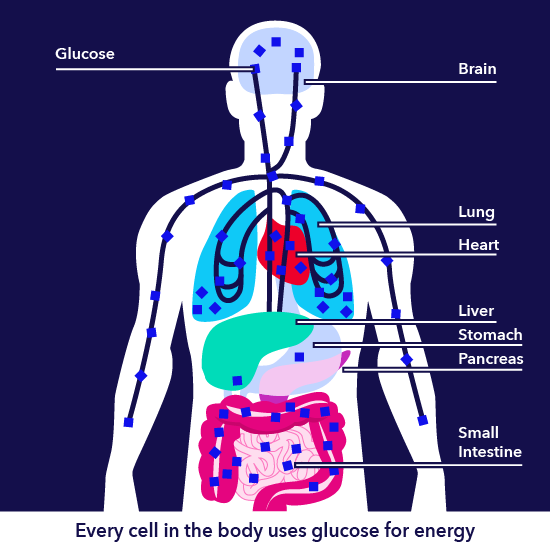
How the body gets glucose for energy
When you eat, food travels through your digestive system into your stomach. There, food is broken down into nutrients, one of which is glucose, which gets absorbed into your bloodstream.
Once in the bloodstream, glucose moves into the fluid that surrounds all your tissues and cells. This fluid is called the interstitial fluid.
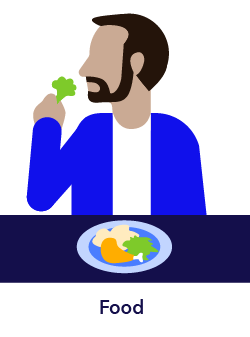
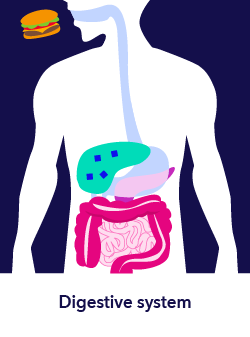
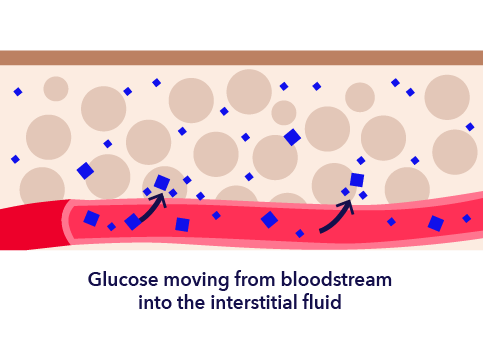
After glucose enters the interstitial fluid, it moves into your cells with the help of a hormone called insulin. Insulin is the ‘key’ that unlocks the cell and allows glucose to enter. This gives your body the fuel it needs.
Extra glucose that is not needed for energy right away is stored in the liver.
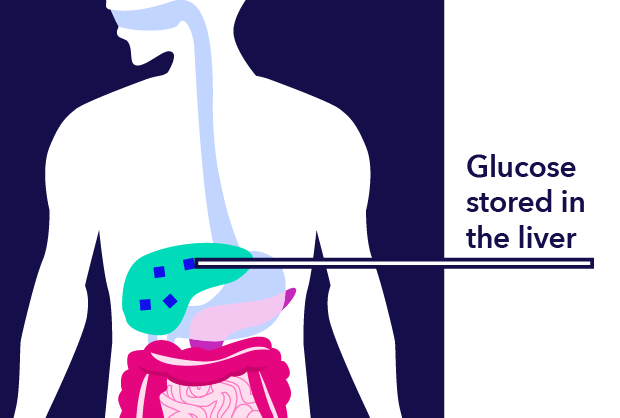
The liver releases glucose back into the bloodstream when a person needs energy and has not eaten for a while. This happens during sleep and exercise.
Insulin
Insulin is a hormone made by the pancreas. Insulin lowers blood glucose levels by allowing glucose to move out of the blood and into your body’s cells.
All people, with or without diabetes, must have a constant supply of insulin in order for glucose to move into the cells. When insulin is not available, glucose stays in the blood and interstitial fluid. This causes blood glucose and interstitial glucose levels to become high and the cells are starved for energy.
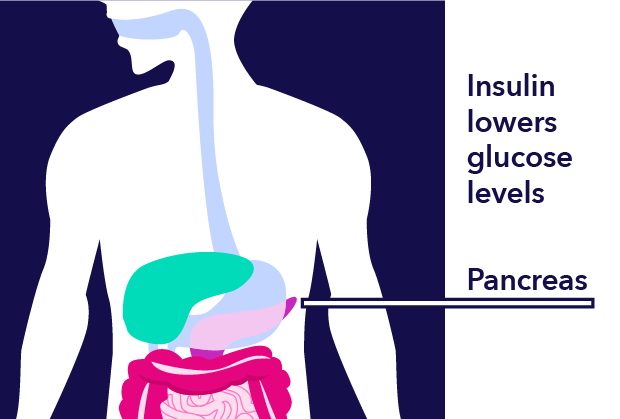
The pancreas releases insulin 24 hours a day. The insulin is released in two ways: A small amount (basal level) of insulin is released in between meals and while you sleep. A larger amount (a bolus) of insulin is released after eating.
When you have diabetes, you may not make any insulin or not make enough insulin. So, you rely on medications to lower glucose levels.
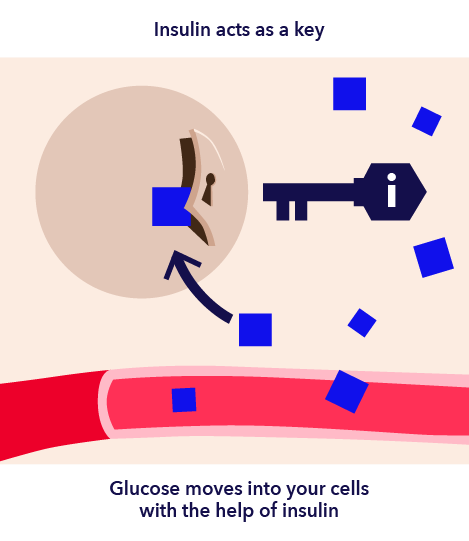
Glucagon
The pancreas makes another hormone called glucagon. You can think of glucagon as the opposite of insulin, because glucagon raises glucose levels.
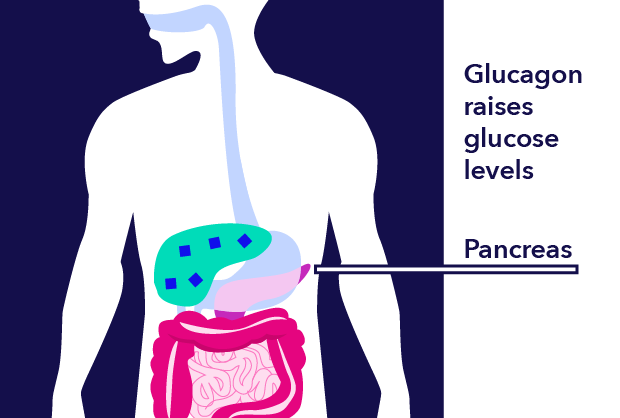
When a healthy pancreas senses that glucose levels are dropping too low, it releases glucagon. Glucagon tells the liver to release some of the glucose it stored back into the bloodstream. As the glucose enters the bloodstream, blood glucose (BG) levels start to rise.
Looking for more tips? Join the list
Subscribe to our newsletter, News to Infuse, and receive monthly diabetes tips and helpful information.